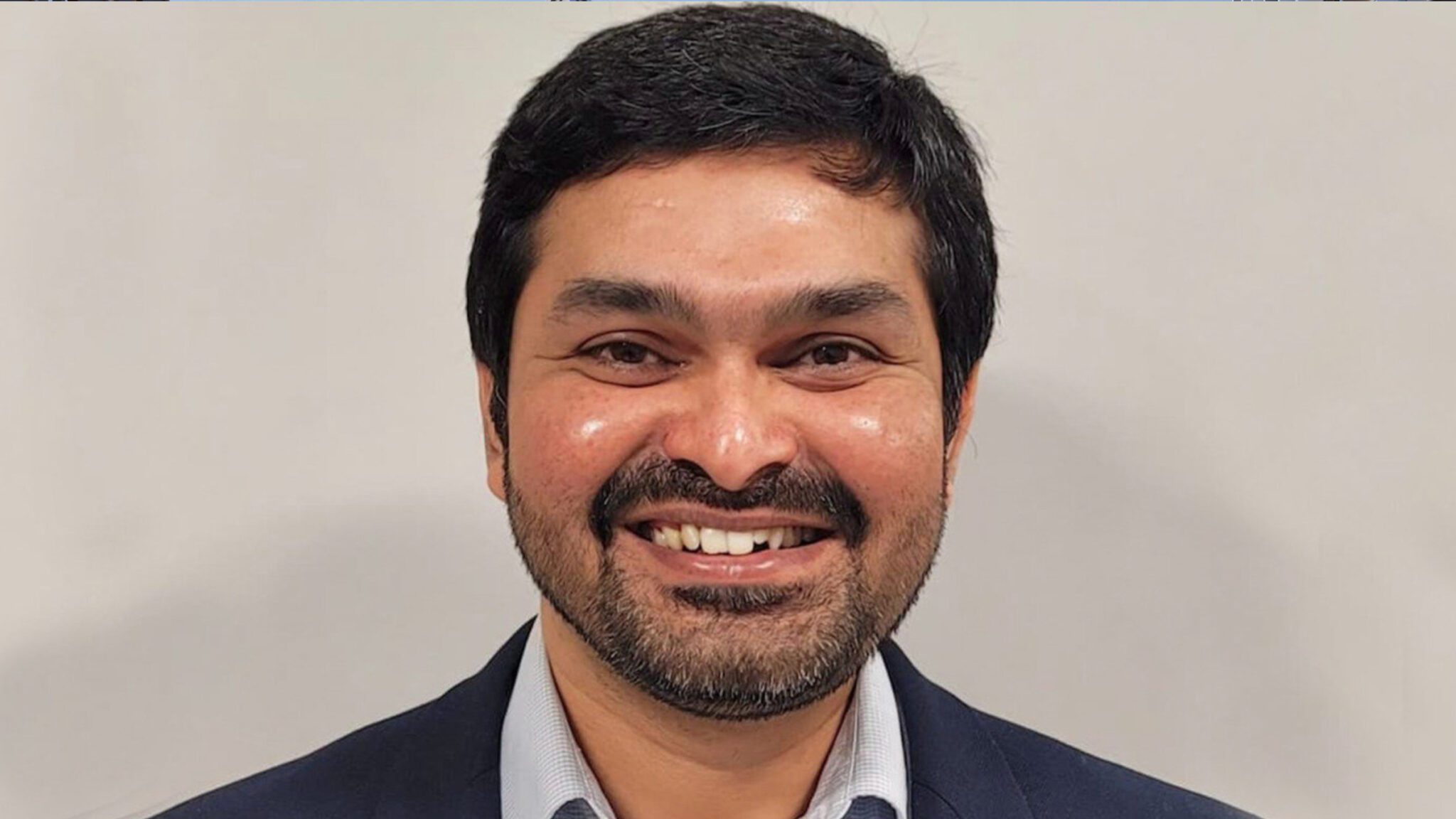
Dhvanit Shah, Garuda CEO
Looking to make donor cells obsolete, an ex-Harvard researcher gets off-the-shelf stem cell biotech off the ground
A stem cell researcher who spent time at the Harvard Stem Cell Institute, the Broad Institute and Brigham and Women’s Hospital launched a new biotech …
Sign up to read this article for free.
Get free access to a limited number of articles, plus choose newsletters to get straight to your inbox.